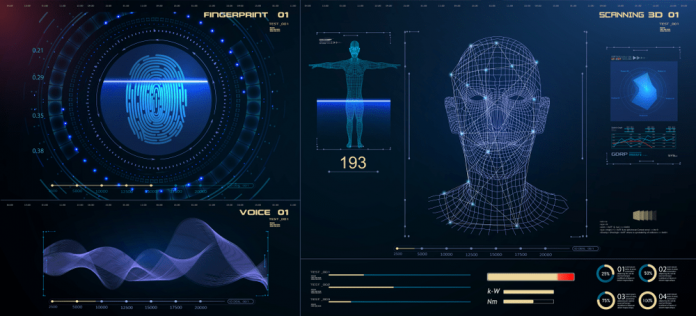The rapid technological advancement and digitization in the banking industry have the sole purpose of adopting strict protocols and procedures of customer identification. To prevent identity theft cases and payment scams, biometric identity verification has got it covered. Biometric verification and other innovative solutions save up to €10 million each year. The KYC cost for banks is rising up to €50 million a year which includes fines and other penalties.
Biometric verification has become a strategic and integral part of financial services providers which act as a secure medium to authenticate the identity of customers, secure ATM, online transactions and online banking portals. The biometric penchant is improving the brand reputation and customer trust in the global market. The sophisticated online transactional technology demands stronger authentication solutions to curb the unfortunate rise of online payment scams and fraud cases.
The new EU Counter-Terrorist Financing (CTF) and Anti-money Laundering (AML) regulations ensure stringent security within organizations. This is the reason that the cost of non-compliance fines are increasing up to €3.5 million. Any financial sector that fails to comply with the primary KYC and AML rules are subjected to harsh penalties along with reputational damage. The banks and similar institutions look bleak in the future who have not implemented advanced KYC requirements and are unable to cumbersome customer response.
The groundbreaking technologies are introducing novel ways to ensure digital identity verification to combat traditional banking hurdles. Biometric technology is one of them which enables customers to verify their identity with a click of uploading a selfie along with a supporting official document against which identity is supposed to be verified. This practice on one side, introduce soundness in a system in terms of security, reduces the reliance of banks on manual verification system, robust identity verification and on the other hand, improves the customer user experience.
The banking industry is readily adopting automated KYC norms among which biometric authentication is the most endorsed one globally.
Biometrics Replacing Passwords
The momentum of biometric is rising at a high pace to replace passwords. To date, most used biometric authentication is a fingerprint scanning, followed by facial recognition technology. Other biometric methods include; retina scanning, iris scanning, heartbeat, hand geometry, and voice patterns.
One of the reasons for replacing passwords with biometric verification is the unique biological traits of the human body against which identity is verified. These unique patterns ensure user authentication and are hard to steal unless the database is hacked.
Online banking is also made easier by using biometric verification methods, streamline customer onboarding process which is faster and easier for the users to conduct. Governments are also enabling biometric authentication systems at industrial and institutional levels to avoid instances of identity theft.
Also Read: Tech Devices That Brought a Revolution in the Lives of the People
Biometrics in India
The Indian government is allowing video-based KYC services which are expected to extend the biometric options to verify the onboarding customers. A report has been submitted to the Finance Minister of India to approve the digital regulatory compliances through Fintech innovative solutions. The committee has pitched the electronic KYC versions to streamline the onboarding processes and making validations easy at the industrial level. Serious steps are expected to be taken in India regarding online KYC and its procedures, the privacy aspects and concerns also need to be catered while exposing KYC solutions at the surface.
Neoris FacePhi Biometrics
For the financial sectors, Neoris is offering digital customer onboarding and has done an agreement on FacePhi which ensures biometric verification of customers. Based on the customer demand for omnichannel and improved customer experience. Digital identification mechanisms include facial biometrics and registration for blockchain applications to carry out transactions across different parts of the channels. The digital online KYC methods are adopted globally using facePhi and similar applications. This digital transformation is serving at international levels having the sole purpose of introducing technological innovation around the globe.
Daon: To accelerate Digital Customer Onboarding
The biometric capability of Daon, using facial recognition technology and liveness detection ability is adopted to digitally identify and verify the onboarding customers while authenticating real identity and providing better user experience at the same time. This digital innovation allows banks to authenticate users based on unique biological traits and introduce soundness in the system. Allowing online bank account opening in a couple of minutes with robust biometric technology.
Also Read: The Top 10 Best Practices for Running a Successful Ecommerce Website











